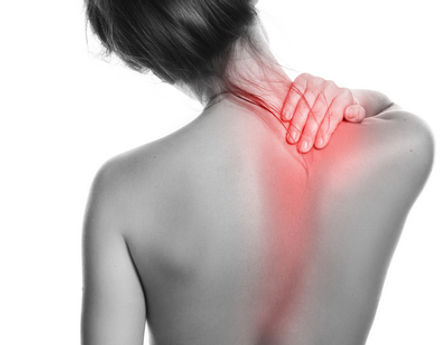Osteoporosis treatment
Schedule an appointment with a professional rheumatologist consultant to get rid of pains caused by osteoporosis. Tap the button below to fill the contact form.
What is Osteoporosis?
Osteoporosis is a weakening of the bones caused by new bone growth not keeping pace with the breakdown of bone in the body. In osteoporosis, bones become more brittle and weak. Bones weakened by osteoporosis are more likely to fracture, especially in a fall. Osteoporosis is most commonly found in older women. All adults reach peak bone density around age 25 or 30.
Women have a lower bone density than men, and they are particularly susceptible to osteoporosis after menopause, as they begin to more rapidly lose bone mass. Some patients develop osteopenia, or low bone density, before osteoporosis. With lifestyle changes and treatment, the progression from osteopenia to osteoporosis may be slowed or halted.

Symptoms and causes
Osteoporosis is known as a “silent disease” because it can occur without warning. Some patients may experience tooth pain and/or back pain associated with osteoporosis. But the disease is often not discovered until the patient fractures a bone, and the condition is diagnosed through a bone density test. Any bone can be affected by osteoporosis, but the most commonly fractured bones in falls are the wrists, ribs, hips, and spine
Osteoporosis can eventually cause loss of height or a hump in the upper back. Patients with a family history of osteoporosis, or other risk factors such as metabolic disorders or prior treatments with chemotherapy or radiation, should discuss testing with their doctor.

Patients with osteoporosis are encouraged to get exercise, quit smoking and limit alcohol. These efforts also aid in the prevention of osteoporosis. Those with osteoporosis, or at risk of developing osteoporosis, are encouraged to increase consumption of calcium and vitamin D. Calcium is found in dairy products and green vegetables as well as supplements. Vitamin D is found in eggs, fish and fish oil; your body also produces vitamin D in response to sunlight.
Additionally, osteoporosis can be treated through both antiresorptive (slow rate of bone loss) and anabolic (increase bone growth) medications. Examples of antiresorptive medications include bisphosphonates, biologics, the hormone calcitonin, and selective estrogen receptor modulators (SERMs), similar to the hormone estrogen. Anabolic medicines include teriparatide, a man-made hormone.
Treatment of Osteoporosis







